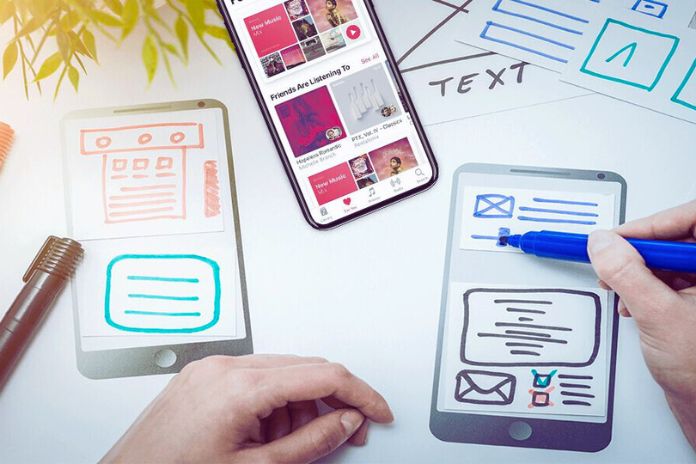Prototyping: Initially, we need to talk about the need to create organizationally. Structuring ideas and grounding concepts are essential to assign functionalities and technical characteristics that help large projects get off the ground.
That way, this is where prototyping comes into its own! Furthermore, developing prototypes helps to enable methods and validate ideas, important processes during creation. Therefore, before taking an idea off paper and taking action, it is necessary to understand more about prototyping and its advantages. Let’s go.
What Is Prototyping?
Prototyping is the method of materializing a digital product or project. In other words, it’s a process of visualizing ideas and concepts before taking them off paper.
Therefore, it is essential to avoid unnecessary development expenses and validate essential requirements to users. After all, prototyping allows for general evaluations, promotes better communication between the areas involved in the project, and enables the collection of feedback, tests and improvements. Thus, all this helps a lot to develop the project or product.
In general, the purpose of a prototype is to investigate what a project can offer its user and how to carry it best out, validating user experiences, interface and mapping implementation difficulties.
What Are The Types Of Prototyping?
Essentially, there are three types of prototyping:
Low Fidelity
It is the simplest type of prototype and does not necessarily show what the final product will look like. It can be a simple sketch, which represents the features and stages of the project, but with a low level of detail.
Plus, it’s the kind of prototyping that’s easily discarded, like a rough draft of a screen or a customer journey flow in a service tool. Therefore, it is often necessary to compose a first vision of the development of the product itself.
Medium Fidelity
Medium-fidelity prototypes are more elaborate and are closer to the final product. Thus, they are created with the support of software or technological tools that help in the agile development of products.
Medium fidelity prototyping is generally used to test flows, processes, and tasks, collect feedback and validate stages of project development.
High Fidelity
This type of prototyping seeks to represent the final experience the project or service will offer as much as possible. Therefore, they are more faithful, detailed, and complex representations.
They are developed using technological tools, ideal for testing applications, validating usability, experience and more. It is not recommended for the early stages of projects, and it is a type of prototype more recommended for more mature stages of development.
Why Do Prototyping?
Among the benefits of investing in prototyping, the main ones involve carrying out a project that values product development from beginning to end.
In practical terms, prototyping helps to:
- Saving, avoiding making harmful and costly mistakes in the development processes;
- Test the user experience and journey within the product;
- Enabling usability in practice.
How To Do Prototyping?
First, gather all the teams involved in your project to outline a well-defined scope of the product or service. You must agree on its basics, such as its objective and main features. This initial brainstorming moment helps a lot to clarify ideas.
From this, an action plan can be drawn that lists the essential tools for each type of prototype and which teams to involve in each step.
It is worth remembering that when we mention a product or project, it can be both physical and digital. It could be anything from a digital service within a company, such as the customer service flow of a business, to a collection of physical products for a fashion brand.
So, to think about how to do it, consider the professionals who will be useful for each prototyping stage. Then it’s time to get your hands dirty with the prototyping tools.
Tools For Prototyping
The tools can be from the simplest to the most complex to carry out prototyping. It is possible to prototype using everything from stationery materials such as paper, pens and sticky notes to flow tools, interfaces, graphic design software or engineering or architecture programs.
Also Read: The Data Revolution: How Data Culture Is Transforming Business

